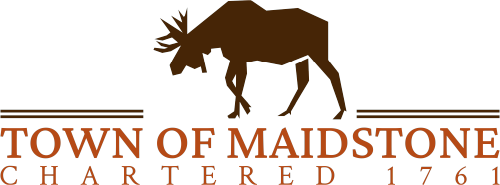From Vermont’s Department of Public Safety:
Why should your community do Hazard Mitigation Planning?
Local Hazard Mitigation Plan
Why should your community do Hazard Mitigation Planning?
Hazard mitigation planning will enable local governments to better protect lives, property, and natural systems. The purpose of mitigation planning is to identify policies and actions that can be implemented over the long term to reduce risk and future losses. Local Hazard Mitigation Plans (LHMP) form the foundation for a community’s long-term strategy to reduce disaster losses and break the cycle of disaster damage, reconstruction, and repeated damage.
Local governments and their communities benefit from hazard mitigation planning by:
- Identifying cost effective actions for risk reduction that are agreed upon by stakeholders and the public
- Focusing resources on the greatest risks and vulnerabilities
- Building partnerships by involving people, organizations, and businesses
- Increasing education and awareness of hazards and risk
- Communicating priorities to state and federal officials
- Aligning risk reduction with other community objectives
For more information visit the FEMA Hazard Mitigation Planning website.
Financial benefits for local governments that have a FEMA-approved LHMP include:
- A FEMA-approved LHMP is required for local governments that wish to receive federal funds from the FEMA Hazard Mitigation Grant Program (HMGP) and Building Resilient Infrastructure and Communities (BRIC) program.
- The LHMP is also one of the mitigation actions needed to qualify for additional post-disaster funding through the Emergency Relief and Assistance Fund (ERAF).
